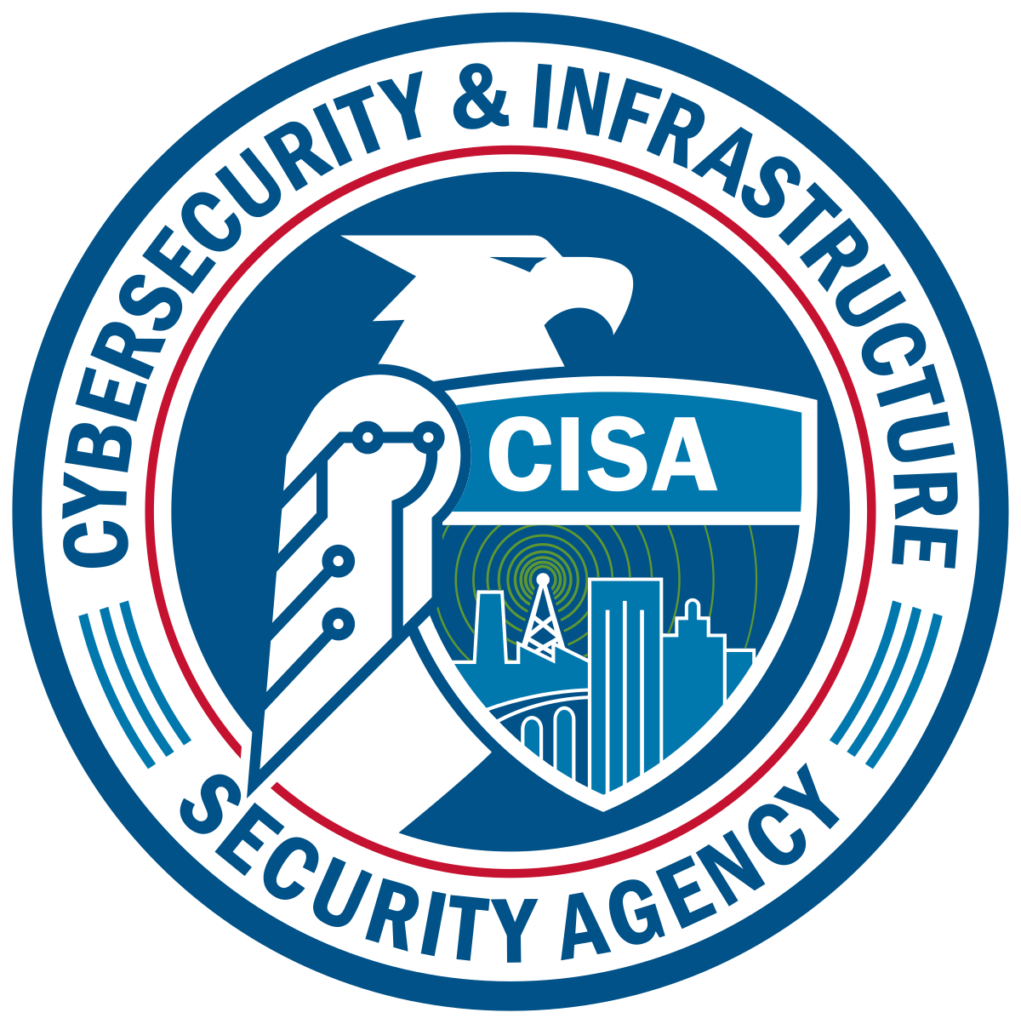The Ultimate Guide to Password Safety: Best Practices for Businesses and Individuals
In an era where cyber threats continually become more sophisticated, password safety remains a fundamental, yet often overlooked, aspect of digital safety. Weak passwords and poor password management practices have led to widespread data breaches, with 81% of hacking-related incidents traced back to compromised credentials, according to the Verizon 2023 Data Breach Investigations Report. Meanwhile, Cybersecurity Ventures predicts that global cybercrime damages will reach $10.5 trillion annually by 2025.
These alarming statistics highlight the need for robust password security measures. For businesses, a single compromised password can result in financial loss, reputational damage, and legal consequences. Individuals, too, face severe risks, including identity theft and unauthorized access to sensitive personal accounts. By implementing best practices for password safety, organizations and individuals alike can significantly reduce the risk of cyberattacks.
The Importance of Strong Passwords
Despite growing awareness of cybersecurity risks, weak passwords remain a persistent problem. Many users still rely on simple, easily guessed passwords like “123456” or “password,” which can be cracked in less than a second. Even seemingly complex passwords are often reused across multiple accounts, creating a domino effect if one credential is compromised. Cybercriminals exploit these vulnerabilities through credential stuffing attacks, where they use stolen login details from one breach to access other accounts.
A strong password should be at least 16 characters long and include a mix of uppercase and lowercase letters, numbers, and special characters. Passphrases, such as “UC@n’tT0uchThi$!” offer a more memorable yet highly secure alternative to traditional passwords. However, simply creating strong passwords is not enough—organizations and individuals must also adopt effective password management strategies to keep credentials secure.

Best Practices for Password Security
Multi-Factor Authentication (MFA) as an Extra Layer of Protection
Even the strongest passwords can be compromised, which is why multi-factor authentication (MFA) is essential. By requiring a second form of verification—such as a one-time code sent via SMS, an authentication app, or biometric authentication—MFA significantly reduces the risk of unauthorized access. Microsoft reports that MFA can prevent 99.9% of account compromise attempts, making it one of the most effective security measures available today.
The Role of Password Managers in Strengthening Security
Remembering and managing multiple complex passwords can be overwhelming, which is why password managers have become an indispensable tool for both individuals and businesses. These tools generate, store, and autofill unique passwords for each account, eliminating the need for users to rely on memory or insecure storage methods like writing passwords down or saving them in unencrypted files.
Popular password managers such as 1Password, Dashlane, Bitwarden, and NordPass offer encrypted storage, password strength analysis, and dark web monitoring to alert users if their credentials have been compromised. For businesses, password managers streamline security by enforcing password policies, allowing secure password sharing among team members, and integrating with enterprise authentication systems.
Regularly Updating Passwords and Monitoring for Breaches
Cybercriminals frequently exploit stolen credentials from previous data breaches. To mitigate this risk, users should update their passwords at least every three to six months, especially for critical accounts such as email, banking, and cloud storage services. Additionally, tools such as https://haveibeenpwned.com/ allow individuals and businesses to check whether their credentials have been exposed in a data breach, prompting timely password changes when necessary.
Avoiding Password Reuse and Credential Stuffing Attacks
Reusing passwords across multiple accounts is one of the most dangerous cybersecurity habits, as it allows attackers to gain access to multiple platforms with a single compromised credential. According to a Google Security Study, 61% of users admit to reusing passwords, leaving them vulnerable to large-scale credential stuffing attacks. The best defense against this threat is to ensure that every account has a unique, strong password, ideally managed through a password manager to simplify the process.
Defending Against Phishing Attacks
Phishing remains one of the most common methods cybercriminals use to steal passwords. These attacks typically involve fraudulent emails, text messages, or websites designed to trick users into entering their login credentials. Warning signs of phishing attempts include unexpected password reset requests, emails creating a sense of urgency (such as “Your account will be locked in 24 hours”), and suspicious links that do not match the official website domain. Verifying links before clicking, enabling MFA, and using password managers (which only autofill credentials on legitimate sites) can help mitigate phishing risks.
Implementing Enterprise-Wide Password Policies
For businesses, password security must be part of a comprehensive cybersecurity strategy. Organizations should enforce strict password policies, requiring employees to use password managers and MFA while discouraging insecure storage methods such as writing passwords on sticky notes or sharing them via email. Additionally, implementing Single Sign-On (SSO) solutions can simplify authentication while maintaining security across multiple systems.
Regular cybersecurity training is also essential to ensure employees recognize phishing attacks, understand the importance of strong passwords, and follow best practices for digital security. According to the Cybersecurity & Infrastructure Security Agency (CISA), organizations that implement security awareness training reduce the likelihood of a security incident by 70%.
Strengthen Your Password Security Today
As cyber threats continue to evolve, password security remains a cornerstone of digital protection. By adopting strong password practices, enabling multi-factor authentication, utilizing password managers, and staying vigilant against phishing attacks, businesses and individuals can significantly reduce their exposure to cyber threats.
If you’re looking to enhance your organization’s cybersecurity, our team at Allied IT Systems provides expert password security solutions, managed IT services, and cybersecurity assessments to safeguard your business.
📩 Schedule a Free Security Consultation Today!

